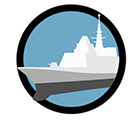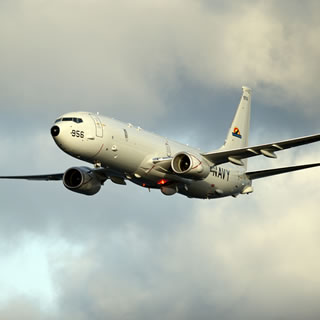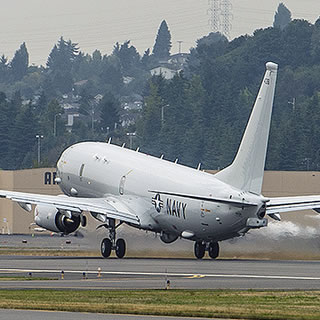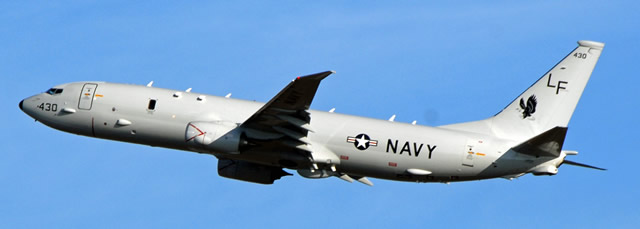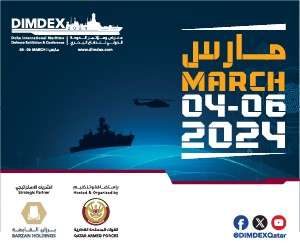|
|
||||||||||||||||||
| a | ||||||||||||||||||
|
P-8A Poseidon Maritime Patrol Aircraft (MPA)
U.S. Navy - Boeing - Multi-mission Maritime Aircraft (MMA) |
||||||||||||||||||
|
|
||||||||||||||||||
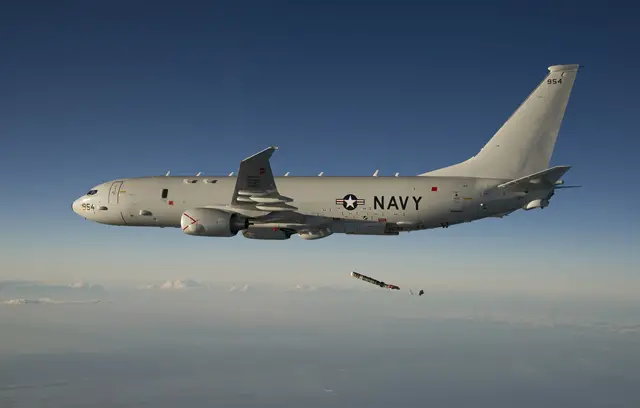 |
||||||||||||||||||
|
|
||||||||||||||||||
|
The P-8A Poseidon is designed to secure the Navy’s future in long-range maritime patrol capability, while transforming how the Navy’s maritime patrol and reconnaissance force will man, train, operate and deploy. The P-8A will provide more combat capability from a smaller force and less infrastructure while focusing on worldwide responsiveness and interoperability with traditional manned forces and evolving unmanned sensors. |
||||||||||||||||||
|
Variants: |
||||||||||||||||||
| Technical Data | ||||||||||||||||||
| Design | ||||||||||||||||||
|
The P-8 has the fuselage of a 737-800 and the wings of a 737-900 commercial aircraft. Modifications to the baseline commercial aircraft are incorporated into the aircraft in-line. In the past, commercial aircraft were sent to modification centers where they were taken apart and rebuilt to meet military specifications. The P-8A is Boeing's first military derivative aircraft to incorporate structural modifications to the aircraft as it moves through the commercial line.
Five operator stations (two Naval Flight Officers plus three enlisted Aviation Warfare Operators/Naval Aircrewman) are mounted in a sideways row, along the port side of the cabin. One observer window is located on each side of the forward cabin. A bomb bay for torpedoes and other stores opens behind the wing. There are 6 hardpoints under the wings for weapons. The aircraft has six additional body fuel tanks for extended range. In-flight refueling is via a receptacle on top of the forward fuselage, just aft of the cockpit. |
||||||||||||||||||
| Missions | ||||||||||||||||||
|
» Theater Commanders primarily use units equipped with the P-8A to conduct Anti-Submarine Warfare. P-8A units detect, identify, track, and destroy submarine targets.
Additional P-8A maritime patrol missions include: » Anti-Surface Warfare operations to detect, identify, track, and destroy enemy surface combatants or other shipping targets. » Maritime and littoral ISR operations to collect and disseminate imagery and signals information for exploitation by the joint intelligence community. » Collection and dissemination of tactical situation information to improve the fleet common operational picture. » Identification and precise geo-location of targets ashore to support fleet strike warfare missions |
||||||||||||||||||
| Payload, Sensors, Electronics | ||||||||||||||||||
|
Payload Sensors: |
||||||||||||||||||
| Powerplant | ||||||||||||||||||
| 2x CFM56-7B engines, 27,000 lb thrust | ||||||||||||||||||
| Specifications | ||||||||||||||||||
|
||||||||||||||||||
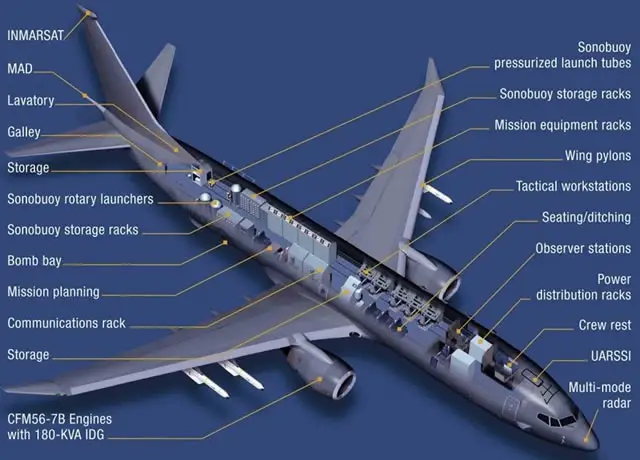 |
||||||||||||||||||
|
||||||||||||||||||
| All pictures © US Navy | ||||||||||||||||||
